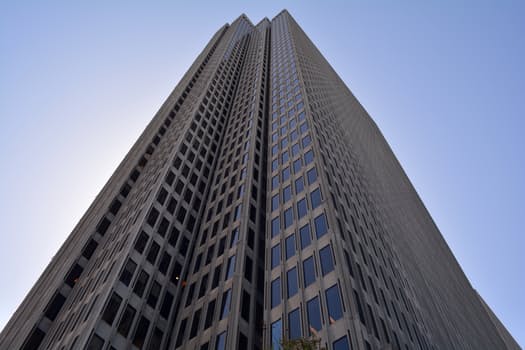
Global real estate firm Cushman & Wakefield released its U.S. Macro Forecast for 2017, which includes an assessment of the impact of economic performance on different CRE sectors.
In general, C&W is forecasting a stronger commercial real estate sector, resulting from pro-growth measures promised by president-elect Trump, including tax cuts and infrastructure spending. The forecast indicates a positive impact on the office and industrial markets, but a lag in the retail and investment sales sectors.
Overall, C&W forecasts GDP growth of 2.3% in 2017 and 3% in 2018. “This will be enough growth to generate over 3 million net new jobs over the next two years and an increasingly robust environment for consumers,” said Rebecca Rockey, Cushman & Wakefield Head of Americas Forecasting.
The Cushman & Wakefield Forecast predicts the following implications for the commercial real estate sector:
- Office: With 730,000 net new office-using jobs expected by the end of 2016 and an additional 438,000 and 508,000 throughout 2017 and 2018, respectively, there is still runway for the office market. In 2016, total U.S. net absorption is forecast to end the year at 50.2 million square feet. Absorption is projected to increase to 54.9 million square feet in 2017. Vacancy will remain stable through 2017 and will begin rising in 2018.
- Industrial: The upbeat near-term outlook for consumer spending will ultimately trickle into robust demand for warehouse and distribution space, especially as eCommerce sales as a share of total retail sales continues to rise. Additionally, with year-over-year growth in manufacturing production set to rebound to positive territory, and with auto sales expected to remain in the 17-18 million units per year range for the next two years, the outlook for the overall industrial sector remains bright.
- Retail: Although growth in consumer spending will remain strong, a larger share of that spending is going to eCommerce. Several major retail categories will be in contraction mode, while other sectors that have been in growth mode will face issues of market saturation that will slow expansion. Neighborhood/community and power centers will be least impacted by contraction, while mall and lifestyle centers – especially Class B and C properties in secondary or tertiary markets – will be disproportionately affected.
- Transaction Volume: Cushman & Wakefield expects investment sales to decline year-over-year in 2016 by 15 percent, to $466.0 billion. This is still well above the average of $279.7 billion over the 15 years for which there is consistent transaction data. While investment sales volume is forecast to modestly decline over the next two years (-2.2 percent in 2017 and -8.0 percent in 2018), the firm still anticipates solid activity with yearly totals registering $455.7 billion and $422.0 billion, respectively. By and large, the outlook for the U.S. economy over the next few years remains positive. “Although headwinds have come and gone and come again, the major force driving growth – the consumer – is still gaining momentum,” Thorpe concluded. “Of course, we are ushering in a new era of fiscal and monetary policy, and that will continue to generate uncertainty. However, we believe there will be a net positive impact on economic growth as well as the property markets in 2017 and 2018.”